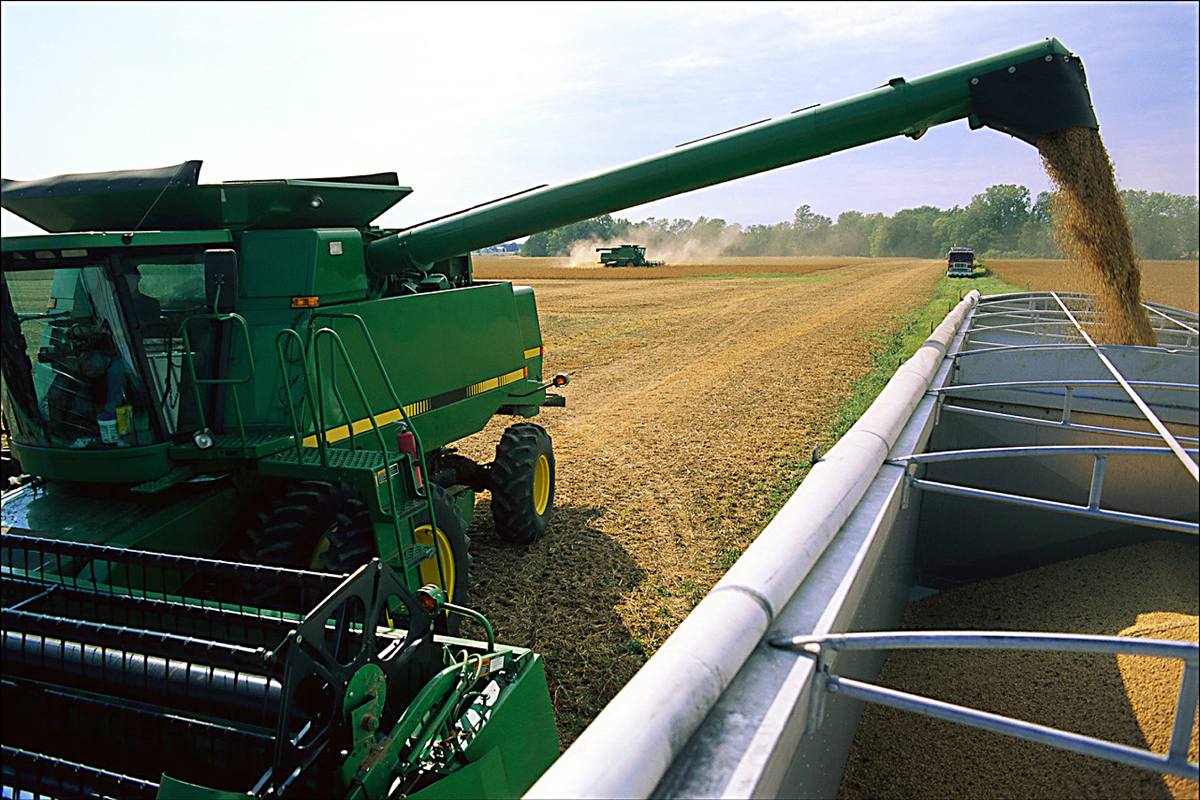Fact sheet on using treated wood in organic production systems.
Resources Category: Organic Crop Production
Explore best practices in organic crop production. Get expert tips on soil management, crop rotation, and sustainable farming techniques to boost your organic yields.
Preventative Practices
Managing weed, insect and disease pests on an organic farm requires addressing potential problems before they arise. Learn more about preventative practices and their role in the organic certification process.
Organic Alternatives for Late Blight Control in Potatoes
New strains of late blight have emerged in recent years, making potato production especially challenging. Several nonchemical options are available for managing this disease, including cultural practices, some varietal resistance, and alternative sprays that discourage disease development.
Tipsheet: Transitioning to Organic Management of Orchards
Tipsheet on transitioning conventional fruit orchards to organic management.
Tree Fruits: Organic Production Overview
This guide is an overview of issues relevant to commercial organic production of temperate-zone fruiting trees and bushes and, to a lesser extent, tree nuts. It includes discussions of marketing and economics, orchard design, and cultural considerations, including crop varieties, site selection, site preparation, soil fertility, weed control, and pest management (insects, diseases, and vertebrates).… Continue reading Tree Fruits: Organic Production Overview
Organic Pulses Production, Economics, and Marketing
Pulses are leguminous crops that are harvested solely for dry seed. Dried beans, lentils, chickpeas (garbanzo beans), and other dry peas are the most known and consumed types of pulses. This publication covers organic pulse production, economics, and marketing. Organic pulse production differs from non-organic production in important ways, and organic pulses in general are… Continue reading Organic Pulses Production, Economics, and Marketing
Disease and Insect Management in Organic Small Grains
This publication introduces the multifaceted comprehensive strategy of weed management used for organic small grain production, combining techniques including crop rotation, sanitation, cultural practices, variety and seed selection and planting, cover crops, tillage, use of organic herbicides, and others.
Farmer Profiles: Two Organic Grain Farm Case Studies
Farmer Profiles on two organic grain farms in Montana and North Dakota
Nutrient Management in Organic Small Grains
This publication provides information on sources of fertility for organic small grains that are acceptable according to the USDA National Organic Program standards.
Organic Small Grain Production Overview
This publication gives a general overview of organic small grain production. It includes basic production principles, tips on transitioning to organic, ideas for rotation design, and examples of rotations from various parts of the United States.


